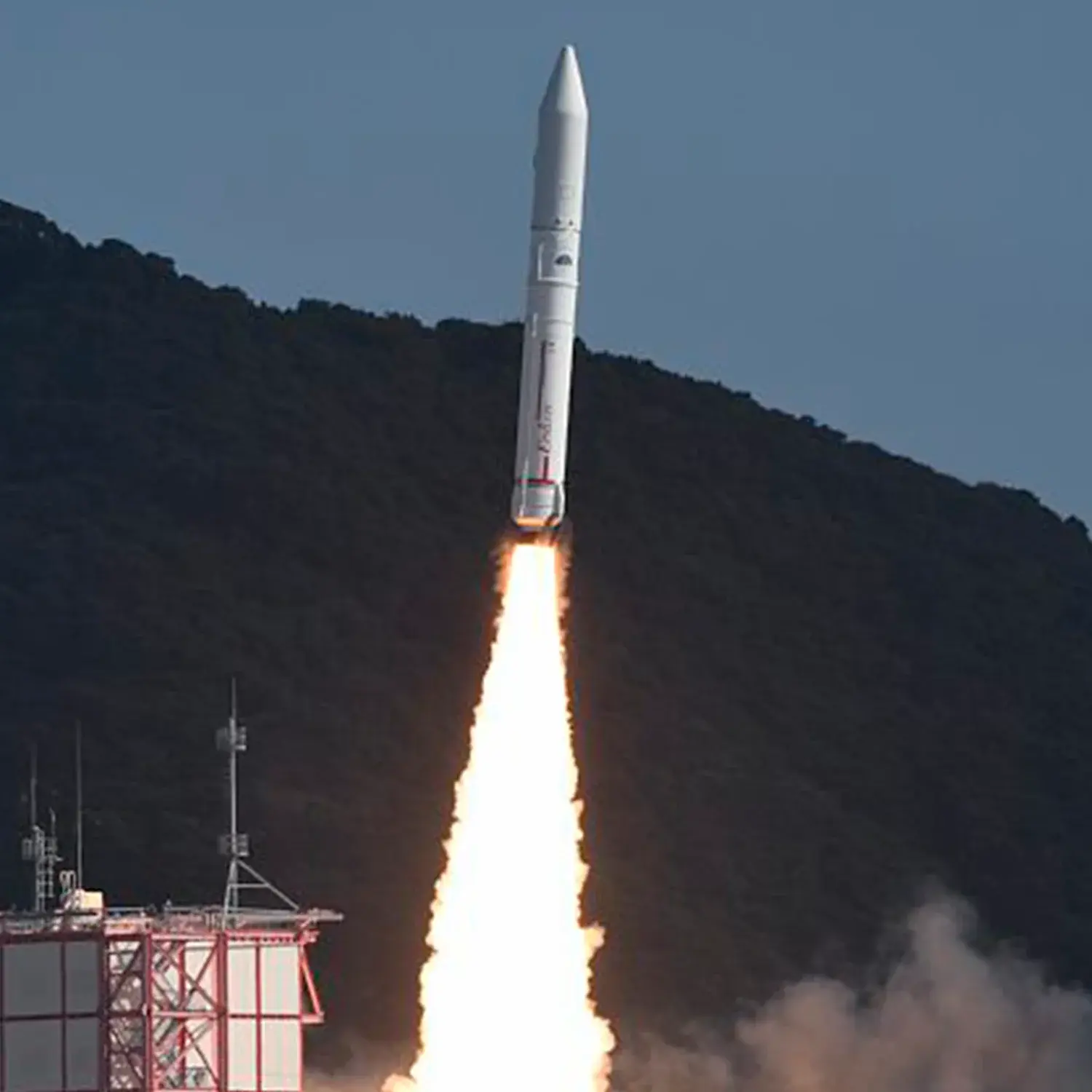/
RAISE-2 & Others
Launch Success
Liftoff Time (GMT)
00:55:16
Tuesday November 9, 2021
Watch Replay
Official Livestream
Mission Details
Read Article
Z-Sat
The satellite will demonstrate a technology that will enable a more accurate observation of heat sources by superimposing images taken at several different wavelengths, using a near-infrared and far-infrared camera, in order to develop an orbital constellation for monitoring terrestrial infrastructures.
Sun-Synchronous Orbit
1 Payload
46 kilograms
DRUMS
DRUMS is a satellite designed to develop instruments for the observation, approach and capture of orbital debris. In the future, several space debris removal satellites are expected to be launched.
Sun-Synchronous Orbit
1 Payload
62 kilograms
TeikyoSat-4
TeikyoSat-4 will test a new satellite platform capable of automatically performing biology, mechanical engineering or physics experiments using space microgravity.
Sun-Synchronous Orbit
1 Payload
52 kilograms
ASTERISC, ARICA, NanoDragon & KOSEN-1
- ASTERISC is equipped with a large membrane-like dust sensor, which will be used for the observation and study of orbital dust. - ARICA is a test satellite for communication with commercial satellites such as Iridium or GlobalStar, which will then establish a link between these satellites and the ground. The 1U CubeSat is also equipped with a gamma-ray detector, a completely new technology that has never been tried before. - NanoDragon is a satellite that will be used to demonstrate the effectiveness of a new on-board computer for CubeSats (OBC). - KOSEN-1 is a satellite intended to be used for radio observation of Jupiter thanks to a CubeSat specially designed and equipped to be very precise in its orientation, equipped with two ultra-thin reaction wheels, as well as a new software system. It will deploy a 7m long antenna to study Jupiter.
Sun-Synchronous Orbit
4 Payloads
12 kilograms
RAISE-2
RAISE-2 (RApid Innovative payload demonstration Satellite-2) is a satellite for on-orbit demonstrations of six demonstration components and equipment selected by public solicitation. The satellite will be operated in response to requests from the demonstration theme proposers, and will provide experimental data of the demonstration devices and environmental data during the experiments.
Sun-Synchronous Orbit
1 Payload
110 kilograms
HIBARI
HIBARI will test a new satellite attitude control technique (VSAC), which provides rapid satellite orientation, but also offers high stability. If the experiment is successful, this new method could become very competitive for remote sensing and astronomical observation satellites.
Sun-Synchronous Orbit
1 Payload
55 kilograms
Rocket


Agency
JAXAPrice
$39.00 million
Rocket
Height: 26m
Payload to Orbit
LEO: 700 kg
Liftoff Thrust
1,612 Kilonewtons
Fairing
Diameter: 2.5m
Height: 9.19m
Stages
4
Launch Site
Stats
Epsilon
5th
Mission
1st
Mission of 2021
Japan Aerospace Exploration Agency
7th
Mission
1st
Mission of 2021
2021
109th
Orbital launch attempt